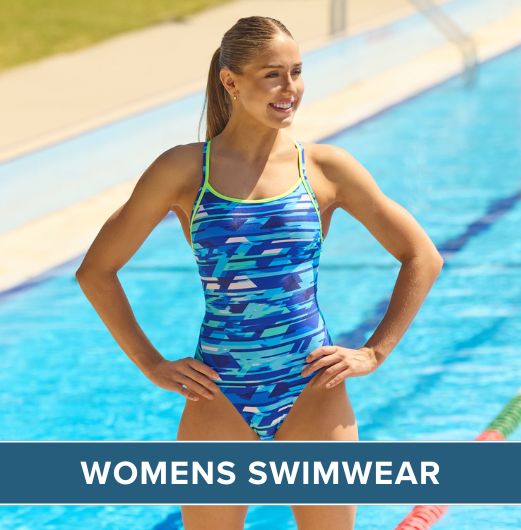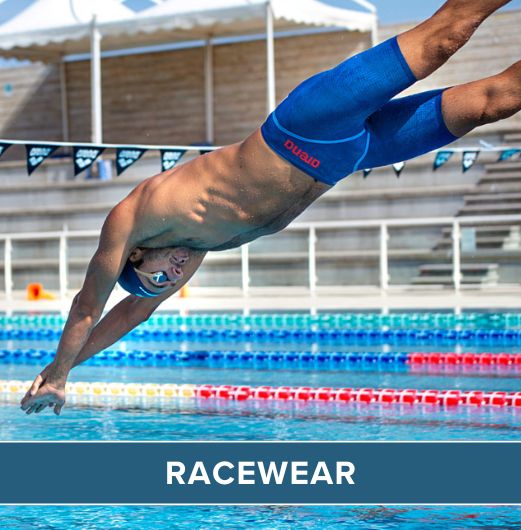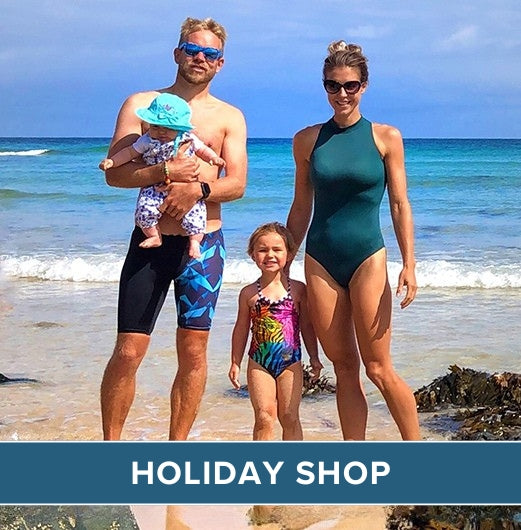Teaching your child to swim is important as it's good to start them learning an essential life skill at an early age. To help you aid them with this we worked with Puddle Ducks on a series of advice videos on how to help your child in the pool.
Our focus for this post is children aged between 15 months and 2 and a half years. Here's Clive with a few key steps your child should master at this age...
Holding Onto The Poolside
At this age children attain enough muscle strength and tone to be able to support themselves safely at the side of the water. We use these skills to enable the child to move safely from a point at the side of the pool to a point of safe exit. Thus if they should fall in, they are able to turn back to the side and then move to a point of safe exit and exit the water themselves.
To build the skill, we encourage them to hold onto the side of the pool for themselves first and then encourage them to move their hands one after the other so that they can move seamlessly left or right. For the children at the young end of this age range, they may need some support at first, which is achieved by the parent placing their knee just underneath the seat and then gently placing one hand over their child, helping them to achieve the rhythm necessary to move from left to right.
As children's' age, co-ordination and strength builds they are able to achieve independence in this activity.
Safely Enter A Pool
The important thing to remember when bringing a young child into the water is not to pass them from one adult to another from the side, or to carry the child down the steps as this introduces the risk of either dropping the child or slipping on the steps. If there's just one adult present, ideally the child should be sat next to the adult at the side of the water, the adult would then reach across the child so that the child is fully supported from the front and protected from falling into the water and then the adult should enter the water.
The child should then be encouraged to turn onto their tummy and wriggle down into the water for themselves, supporting as much of their own weight as possible. The adult is there for support and security. The child can then be taken away from the side by the adult.
Safely Exit A Pool
The important thing to remember when exiting the water, like entry, is not to pass the child from one adult to another, or to carry a child up the stairs as this introduces the extra risk of dropping the child or slipping over. Ideally the child should be supported at the side and encourage to climb out as independently as possible. But always there with the support of the adult to make sure they are safe.
Once they're out they should be seated at the side of the pool and the adult can then climb out and sit next to them.
Swimming On Their Back
Encouraging children to become confident on their backs in the water is a really important life preservation skill. It's significantly easier to breathe when they're on their backs, so the more comfortable they can become, the better their life preservation chances are, should they fall in.
At this age, ironically, children are less comfortable on their backs because they want to be active and moving around in the water. To help children become comfortable on their backs, first of all we advise starting them in a nice seated position. Encourage your child to relax comfortably on your shoulder in quite a seated position first, and then after time when their confidence builds, we advise that you just ease your shoulder lower into the water and just help them to achieve a flat position.
At this point if children are really relaxed we can introduce a woggle, just to support those hips so that they feel secure and they can achieve a lovely flat position in the water. At this point we can also introduce toys or our fingers to make them focus their eyes up towards the ceiling which will only help them to achieve the flat position in the water.
When children become really confident at this stage we encourage parents to move their children away from the shoulder and we support the underside of their heads with the palms of our hands, keeping our shoulders nice and low, so that the children feel secure, supported and comfortable in this really important position.
Turning In A Pool
Turning in the water is another great life preservation skill in the water for children to learn. If they are to fall into the water, it's really important that they associate being in the water with turning back to where they've just come from as quickly as possible. Also, once they've built their confidence, to learn to kick back in that direction too.
We initiate turning in the pool by having children facing away from parents. Parents support their child either with a hand under each arm or a little bit lower down on the chest, parents signal 'turn, turn, turn' and they look to see which way their child's head turns naturally. Once they've seen that head turning, parents can gently assist that turn back towards them, but as they gain their confidence children are encouraged to use their legs to help them turn back to face parents.
We also encourage our little ones to turn from the side of the pool as this helps them to build their muscle strength and also learn to respond to some direct signals. To initiate this process the children first hold onto the side of the pool, we then initiate a 'turn, turn, turn' signal, and parents are first looking for the head, then maybe the shoulder, and then hopefully a full arm to come out away from the wall, pointing towards the parent. At that point the parent then signals for their child to push from the side, which will then hopefully initiate a kick from the child back towards the parent.
Using Woggles
At this age children love to feel a degree of independence in the water. Rather than recommending fixed flotation such as armbands and rubber rings, we recommend the use of flotation devices such as woggles, which are not physically fixed to the child. This way, the child learns to support themselves in the water, and feel their own buoyancy and gain their own balance.
Parents can help to support their child by gently holding the woggles either side of them, or once the child gains their confidence and independence, parents can move to the front and encourage the child to kick towards them. You can help to move their arms in a reaching motion to help the child propel themselves in the water.
Using A Seahorse
To encourage arm reaching in young children we use a long woggle in a seahorse configuration. The child sits on the woggle, with it between their legs, facing away from the parent. The child is held securely by the parent with two hands holding the seahorse itself, but generally into their chest. As the child initially stays on the seahorse, they are encouraged to hold on, but as they gain their confidence they can stay to let go of the front of the seahorse and lean forwards slightly and reach their arms in a front crawl motion.
We hope you have found these videos useful, for more advice videos check out our YouTube channel. If you have a child of a different age, we also have a learn to swim series for infants, and older toddlers which can be found on our YouTube channel.
 Free Tracked UK Delivery
Free Tracked UK Delivery Hassle Free Returns
Hassle Free Returns Next Working Day OPTION
Next Working Day OPTION Found It Cheaper?
Found It Cheaper?














